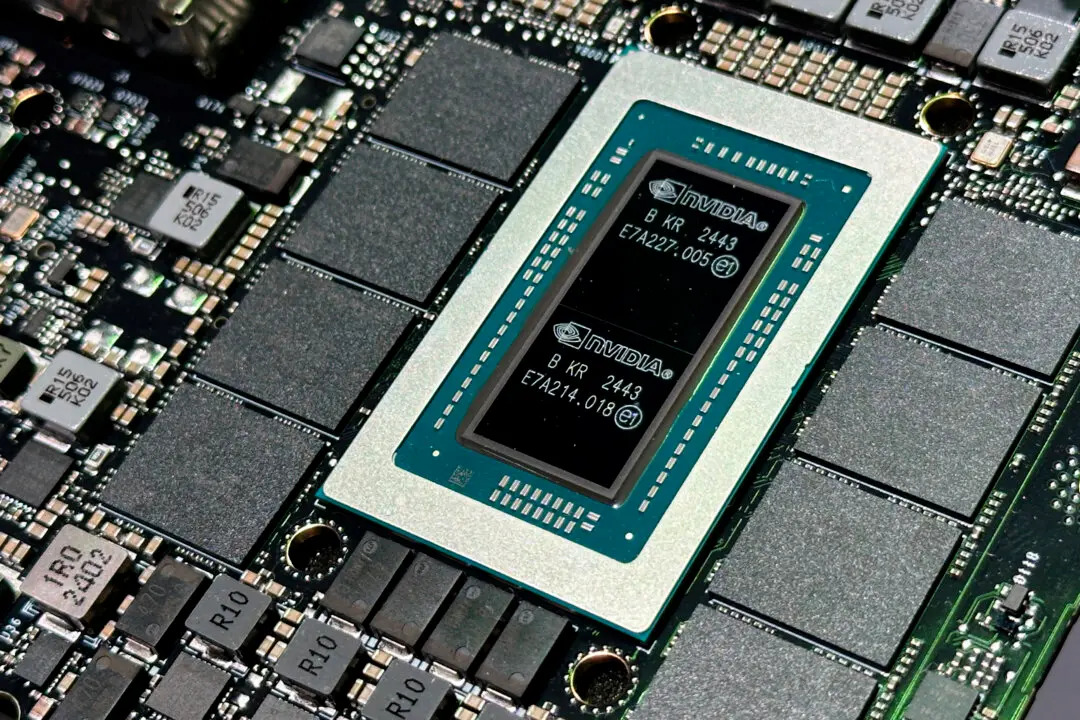South Korea has successfully launched a solid-fuel rocket on March 30, the Defense Ministry said, marking an“ important milestone” in the country’s efforts to enhance its space-based surveillance capabilities.
The test was conducted in Taean, 150 kilometers (93 miles) southwest of Seoul, and was the first since South Korea and the United States last year agreed to end decades of restrictions on Seoul’s development of ballistic missiles, Yonhap News Agency reported.





